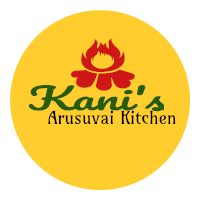We cannot have a day without rice. Thus rice is a grain that can play an important role in our diet. Not only cooked rice but also Idli, Dosa, Puttu, idiyappam, appam, murukku, paniyaram, Pongal, and many other foods that we use in our daily life are made from rice.
The price of this rice available in our towns ranges from 35 rupees to 100 rupees per kilo. Biryani rice is up to 200 rupees. But the most expensive rice in the world costs $ 109 USD.
Almost over 7000 rupees in Indian value. This rice is also listed in the Guinness Book of World Records as the most expensive rice in the world. We will see more about this rice in this post.
The rice is sold by Toyo Rice Corp company. This rice is sold under the name of kinmemai premium.
In 2016, it was recorded as the most expensive rice in the world. The rice has been selected from more than 6,000 varieties of rice in the Annual International Rice Tasting competition held in Japan.This rice is selected from high-quality brands like Nicomaru from the provinces of Kunma, Nagano, and Naikata in Japan. Every aspect of the grains will be explored in this competition.
They will test before cooking the grains and look at how they look after cooking and select the best grains in it. This rice tastes very soft and good like cotton.
Five types of rice can be mixed in it. Can be kept intact for six months to get a good taste. You should not wash this rice like other rice before cooking as it removes the husk from the rice with Toy Rice technology.
This technology removes only the husk without polishing the rice. Like hand-rolled rice in our town. This rice also contains brown and white rice varieties.
This rice is rich in many nutrients. Contains Vitamins B1, B6, B, E, and Folic Acid. It also contains six times more lipopolysaccharides than regular rice.All of these nutrients together will strengthen the immune system. It also reduces the risk of cancer. This rice is high in vitamins and low in calories.
The price is a bit high for this rice though. They are destroying all the paddy lands in our town and building houses.
The fact is that if we continue like this, we will not be able to buy rice for thousands of rupees a kilo in our country in the near future.





0 Comments